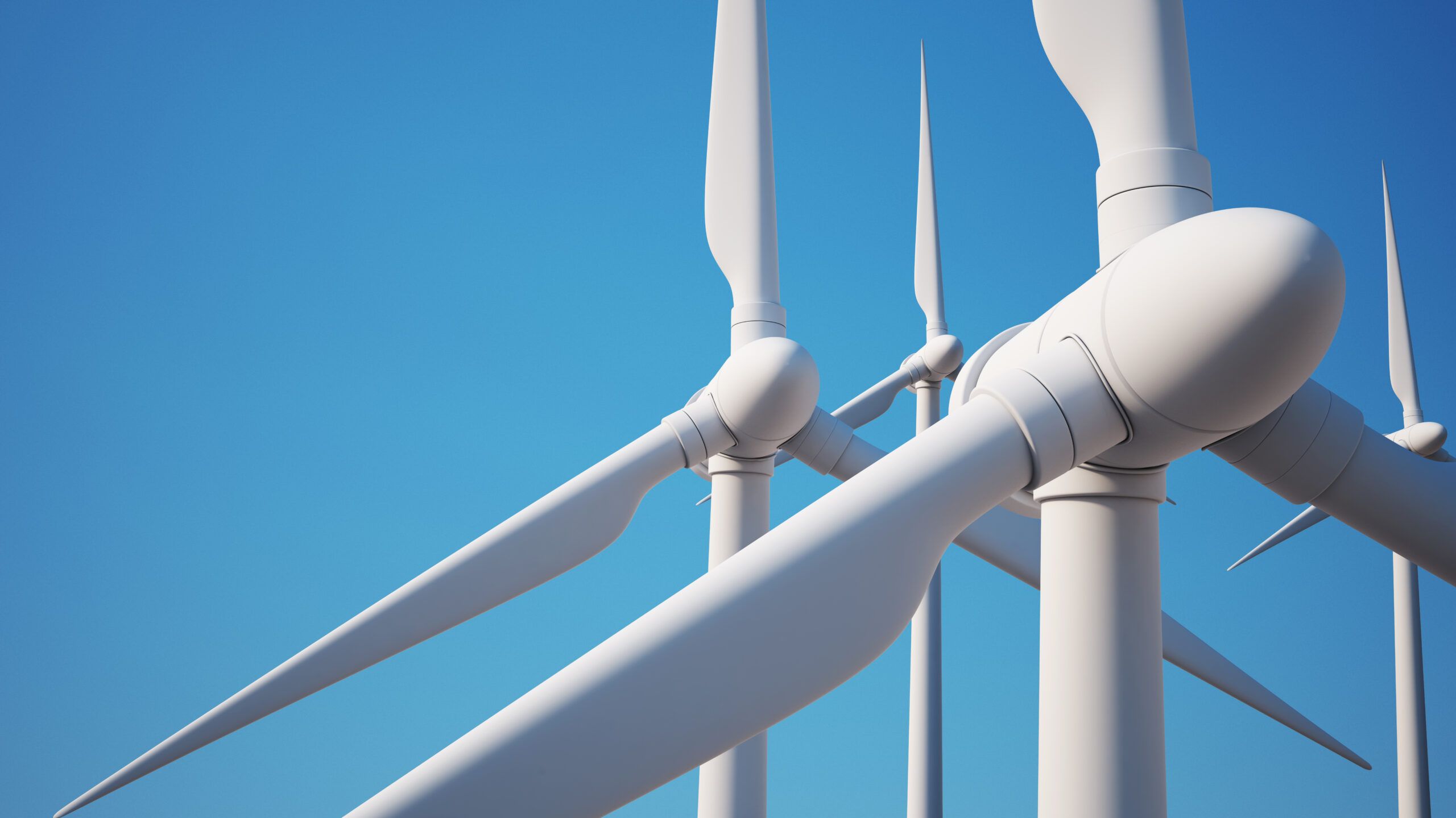The U.S. has pulled the plug on decades-old subsidies for wind and solar, but industry watchers say the sector is strong enough to stand on its own—and may even be better off in the long run, The Wall Street Journal writes.
While the move initially stings—installations could fall 23% through 2030—analysts say the sector is resilient enough to weather the change, and investors may even find opportunity in the disruption.
The tax credits, in place since the 1990s and 2000s, made financing renewable projects complex and dependent on a limited pool of investors. Their removal could simplify capital flows and reduce reliance on costly tax structures. More importantly, solar and wind no longer need heavy support to compete. Utility-scale solar is 84% cheaper than 16 years ago, while wind costs are down 56%, making both cost-competitive with natural gas—even when paired with storage.
Rising electricity demand from AI and electrification trends, combined with hurdles for nuclear and natural gas, further strengthens renewables’ long-term position, signaling potential upside despite short-term turbulence.



